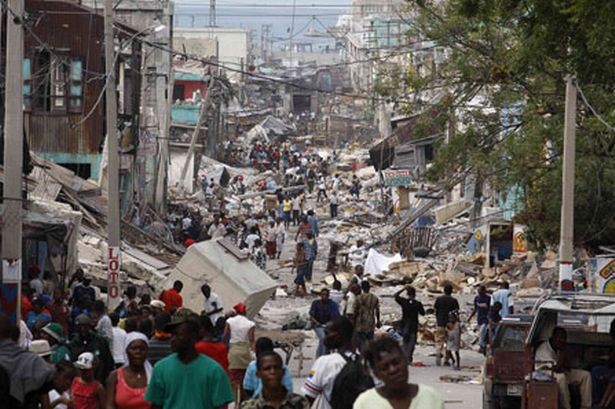China, who actively participated in the U.N. peacekeeping mission in Haiti, has continued assisting the country hit by an earthquake in 2010. The disaster killed over 220,000 people and displaced 1.5 million others.
Chinese capital Beijing carried on its financial cooperation and assistance in the development works even after China left the peacekeeping mission back in Nov. 2012. Haiti is considered as the poorest country in Latin America.
Recently, the China National Automation Control System Corp. (CACS) inked a Memorandum of Understanding with the Haitian government in a bid to help in the construction of new tax office, finance ministry and customs bureau buildings.
Additionally, Chinese firms are lending their hands to develop and enhance an important border area near the Dominican Republic, the road between Malpasse and Port-au-Prince.
Domestic companies are also giving aid in the construction of two major thoroughfares in Gonaives and Port-au-Prince, and in the building of a cable car connecting the archaeological site of Citadelle Laferriere and the municipality of Labadie.
Moreover, China eyes to discuss the renovation of Toussaint Louverture, Haiti's main international airport, in the next few years.
According to Yves Germain Joseph, the Haitian Minister of Planning and External Cooperation, "the Haitian government hails the efforts China has made to help Haiti on its path of development."
Meanwhile, China's trade mission to Haiti envoy Ling Jun emphasized that the country is willing to help Haiti, especially in the areas of agriculture, infrastructure and energy.
China has conducted armed patrols, apprehended armed gang leaders and rescued hostages during the U.N. peacekeeping mission from 2004 to 2012. The aid went a notch higher after the 7.3-magnitude earthquake left Haiti in great need of humanitarian aid.
Since the earthquake struck on Jan. 12, 2010 to February of the same year, China has sent a total of five planes boarding assistance worth $5 million to Haiti.



























